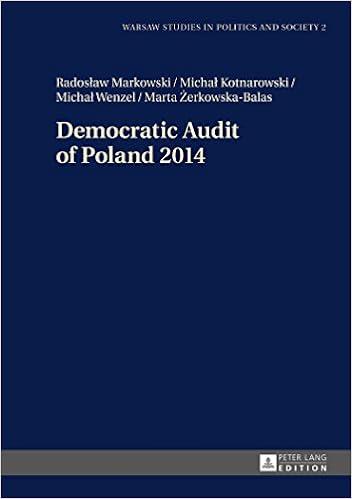Question
1. The profit in the cost-volume-profit equations is the same as the net operating income on a contribution income statement. True False 2. As total
1. The profit in the cost-volume-profit equations is the same as the net operating income on a contribution income statement.
True
False
2. As total sales increase beyond the break-even point, the degree of operating leverage will also increase.
True
False
3. The two basic costs associated with inventory are production cost and ordering cost.
True
False
4. All future costs are relevant in decision making.
True
False
5. A company with sales of $100,000, variable expenses of $70,000, and fixed expenses of $50,000 will reach its break-even point if sales are increased by $20,000.
True
False
6. Variable costs are always relevant costs.
True
False
7. The three primary policy variables to consider when extending credit include all of the following except:
a- Credit standards.
b- Terms of trade.
c- Collection policy.
d- Level of inflation.
e- None of the above.
8. Which of the following is true regarding the contribution margin ratio of a single-product company?
a- As fixed expenses decrease, the contribution margin ratio increases.
b- The contribution margin ratio multiplied by the variable expenses per unit equals the contribution margin per unit.
c- The contribution margin ratio increases as the number of units sold increases.
d- If sales increase, the dollar increase in net operating income can be computed by multiplying the contribution margin ratio by the dollar increase in sales.
e- None of the above.
9. The opportunity cost of making a component part in a factory with excess capacity for which there is no alternative use is:
a- Zero.
b- The total manufacturing cost of the component.
c- The fixed manufacturing cost of the component.
d- The variable manufacturing cost of the component.
e- None of the above.
10. When using the economic order quantity model:
a- Ordering costs increase as the level of inventory increases.
b- Carrying costs decrease as the level of inventory increases.
c- Costs are minimized when total carrying costs and total ordering costs are equal.
d- All of the above.
e- None of the above.
Step by Step Solution
There are 3 Steps involved in it
Step: 1

Get Instant Access to Expert-Tailored Solutions
See step-by-step solutions with expert insights and AI powered tools for academic success
Step: 2

Step: 3

Ace Your Homework with AI
Get the answers you need in no time with our AI-driven, step-by-step assistance
Get Started


